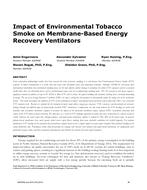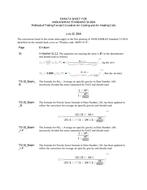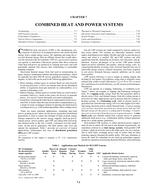The possibility of ice or condensation forming on the surfaces of the inlet bellmouth or inlet guide vanes of a gas turbine depends upon the entering (inlet) air temperature and relative humidity, along with the air pressure loss that occurs between the bellmouth inlet and the inlet guide vanes, just upstream of the first stage of the compressor. Based upon a known inlet to compressor or inlet guide vane pressure loss and a given inlet air temperature, an upper limiting inlet air relative humidity limit can be predicted to prevent icing or conden-sation in the bellmouth up to the compressor. The predicted limiting relative humidities reported here are based upon simulated turbine inlet surface temperatures from previous research using a recovery factor, which agreed well with some limited experimental non-icing condition data. The results shown in this study cover a range of turbine inlet air pressure losses up to 4 psi (27.6 kPa) and inlet air temperatures from 70ºF to 0ºF (21.1ºC to -17.8ºC). Previous research has shown that at 100% relative humidity, the ambient/cooled inlet air temperature is limited to between 35ºF and 40ºF (1.7ºC and 4.4ºC) to prevent condensation and possible ice formation on the inlet guide vanes. Both the previous research and this study predict that there is no limiting low inlet air temperature to prevent surface icing as long as the corresponding inlet air relative humidity is below a limiting value, though fog and ice crystals will probably form in the airstream.
Units: Dual
Citation: Symposium Papers, Atlanta, GA, 2001
Product Details
- Published:
- 2001
- Number of Pages:
- 5
- File Size:
- 1 file , 640 KB
- Product Code(s):
- D-7193


